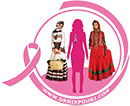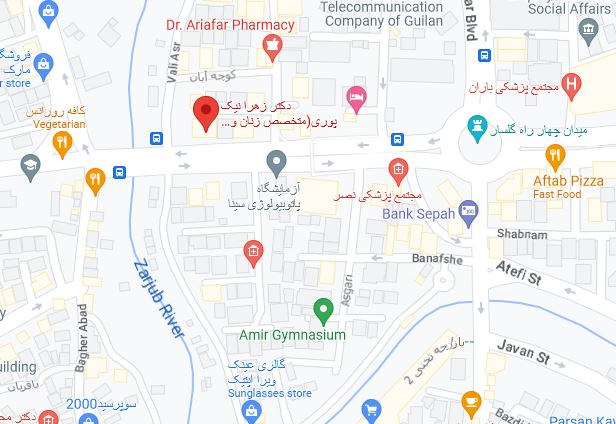Benign breast lumps, fibrocystic diseases of breast
|
"Fibrocystic breast disease" or "fibrocystic changes of breast" is can be described as a distortion from the natural growth of a breast. Estrogen hormone is a main cause of this disease and usually is detected in elderly women after their thirties and or fifties. This disease is very common between women and some sources reported the rate of 80% for it. What are the common symptoms? Breast fibrocystic changes may form a soft and moving asymptomatic mass. But in many cases it is accompanied by pain and tenderness in both breasts. Cyclical Breast pain or discomfort during menstruation and ovulation are the most common symptoms. Secretion from nipples was also reported as a symptom. What is the cause? The real cause is unknown. But the role of estrogen can not be ignored. The fat content in diet may be also causing this disease. What is usually is found in a physical examination? In breast examination, breast sensitivity to touch might increase. Sometimes some masses might also be found. Diagnosis Ultrasound and Mammography are two main diagnostic tools. Unfortunately Mammography can become very painful and sometimes the results are useless. Some masses might appear then disappear erratically, but some masses might remain and be persistent. These masses must be taken into account. Isfibrocystic disease associated with breast cancer? This is a very important question that many women ask? Fibrocystic breast disease, despite its name, is not a dangerous disease and related to breast cancer. But there are studies that suggest that untreated Fibrocystic masses can develop cancer. Treatment If the Ultrasound and Mammography were not able to provide enough evidence, then the biopsy must be done. Draining the cysts and if necessary biopsy is often done under ultrasound. It should be noted that the apparent breast masses or any suspicious lesion in breast area usually must be checked by biopsy. Drug treatment usually is prescribed to reduce symptoms like pain of breast masses. Taking vitamin B6 and vitamin E and in severe cases Danazol and Bromocriptine can be helpful. food abstinence (reducing the consumption of coffee and dark tea), reducing the consumption of fatty foods and wearing appropriate underwear can also be helpful. When should a patient see a doctor? (1) Identifying an obvious mass in the breast. 2. If you have noticed any changes in mass or after appearance of a new lump. 3. When there is nipple secretion. 4. If it is almost two years after your last physical examination by a doctor. 5. If you have unexplained symptoms. 6. If there is a history of breast cancer in your family |


